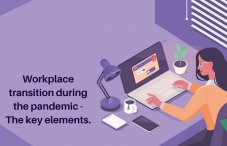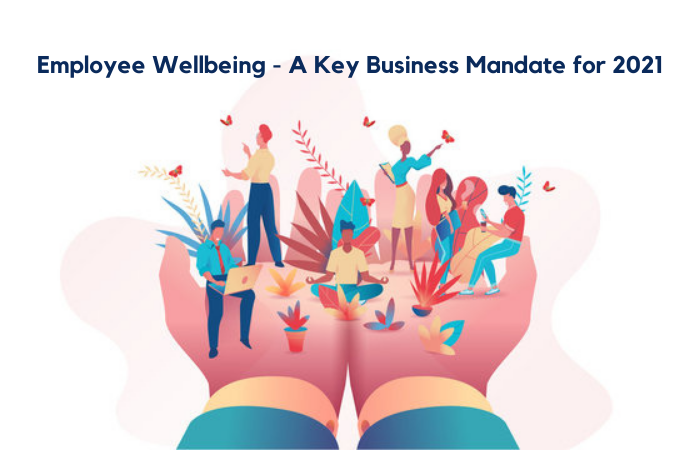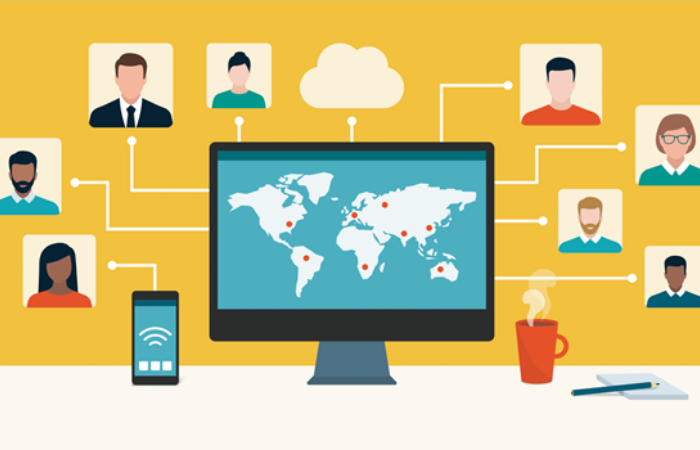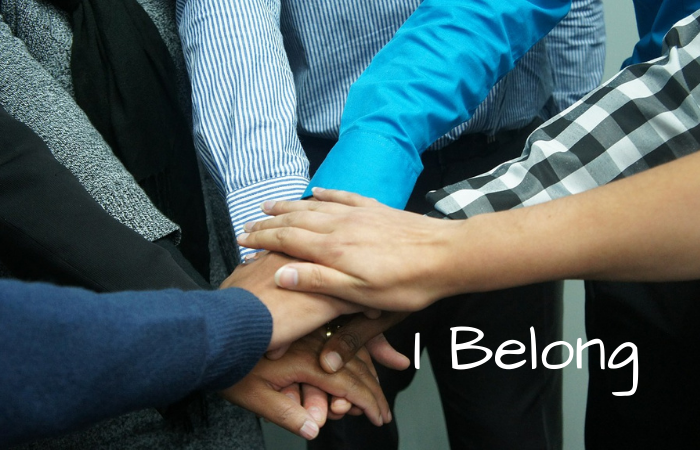The world as we know it has changed. Pandemic, when it started, was thought to just last for a few months. But now nearly a year after the first lockdown and several other restrictions started, we are now beginning to accept the new way of living with the pandemic.
In the world of business, when the world first closed down due to the pandemic, companies swiftly shifted to remote working. After initial hiccups, more advanced technology and best practices helped create a seamless transition into what we now see as a new evolved workplace. Pandemic changed every paradigm. From the early starters to the late adopters, slowly and steadily, offices are now accepting changes and making massive shifts in the way the business is conducted.
Our concept of a typical workplace, specifically white collar, has undergone a massive change ever since the pandemic hit. Will it come back to the pre-covid model, once the pandemic is behind us? The answer is a ‘BIG NO’!
Let us look at the 3 most important elements of transitions in the workplace.
New Hybrid way of working
As more and more companies make plans to get back to ‘normal’, internal surveys amongst employees show that employees are not eager on coming back to work. One year into the work-from-home routine has shown the employees as well as the companies that the place of work does not hamper productivity. On the contrary, companies are seeing a rise in productivity and creativity as employees are now working at their most productive hours. Moreover, the excruciatingly long travel hours are now spent in more fun and productive ways. They can now follow their hobbies, spend time with the family, upskill themselves.
According to a recent Pew Research Centre survey a whopping 54% of respondents would want to continue to work from home after the pandemic is over.
A Hybrid way of working is here to stay, and companies will start taking that into account while planning their infrastructure and IT needs. Work-life balance, remote working options, and flexibility in terms of location and time, that the employees would like to work, are soon becoming an important consideration for employees. The shift is not only massive but also very consequential as the new way of working helps companies get freedom from inefficient processes, bureaucracy and move towards agility and efficient ways of doing business.
“We all know that work will never be the same, even if we don’t yet know all the ways in which it will be different,” says Slack co-founder and CEO Stewart Butterfield.
Improved Gender Equality and Diversity
Remote working opens the world of talent to the companies. Remote working allows everyone an equal opportunity at employment irrespective of age, gender, location, ethnicity, etc. As long as the person has the skills and the experience needed to perform a task, they can easily work as a part of a team anywhere.
Women are now benefitting from the flexibility provided at work. Having the opportunity to continue and grow in their careers while raising their children, helps provide a great transformative potential of improved gender equality. It can help increase women’s representation in leadership roles and the closing gender pay gap.
Remote working also helps close the gap in gender-associated duties. No longer is parenting or cooking, cleaning considered only a woman’s duty. Men are equally and openly participating in all the household work.
The newer workplaces have transitioned to provide equal opportunities to everyone and create a more inclusive workforce.
Human Face
Pandemic has made the corporate world realise and accept a more human approach. Companies are opening up to issues related to employee wellbeing – physical and mental. With employees working remotely, human interactions are limited and scarce. Organisations are coming forward to tackle employee health & wellbeing issues. HR leaders across the world talked about issues related to isolation and mental health.
As the virus caused mayhem across the world, HR professionals at my organisations worked out initiatives to boost employee morale of their anxious and nervous workforce. At the same time, emphasis was drawn on providing various health benefits and packages that helped employees transition to remote working.
The biggest transition has been in the way teams are working with more empathy, trust and cohesiveness despite there being physical distance between them. This will help bond the teams better and create a better work environment going ahead.
This is a historic moment of substantial changes across the world. The world is changing and if you want to survive, you must become a part of the change. Be it in terms of technology or flexibility or being more human. The onus is on you to adopt the changes quickly and become future-ready!





